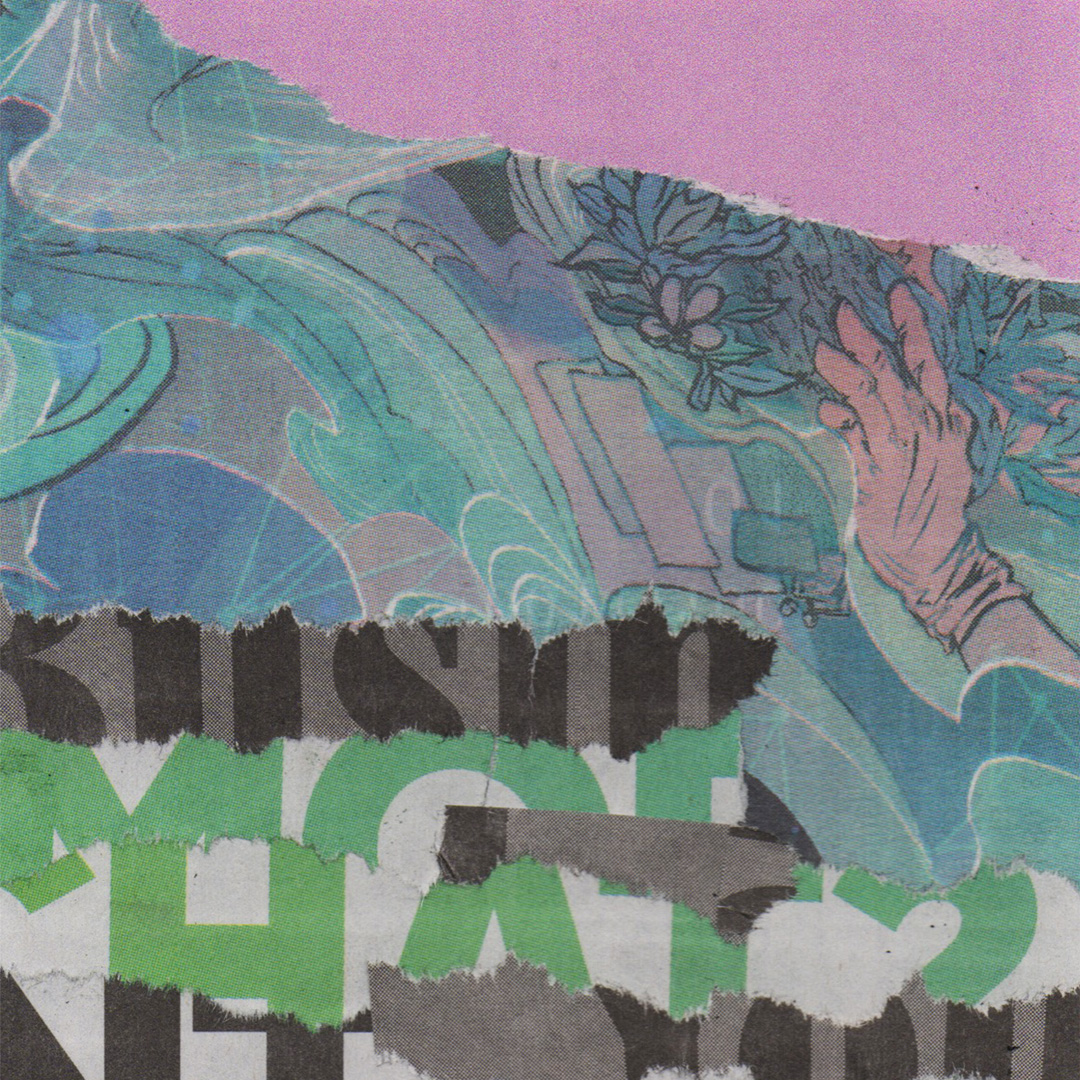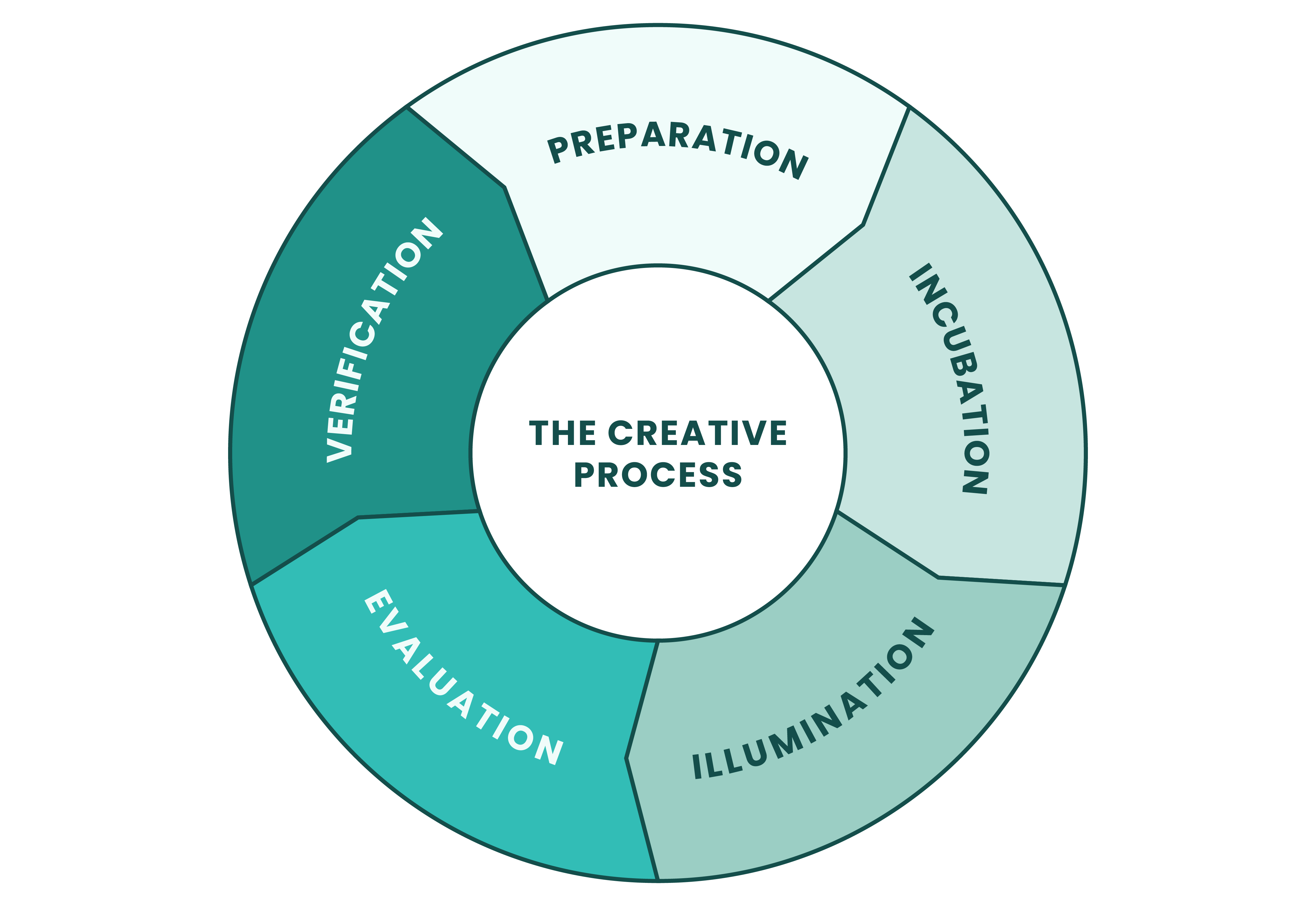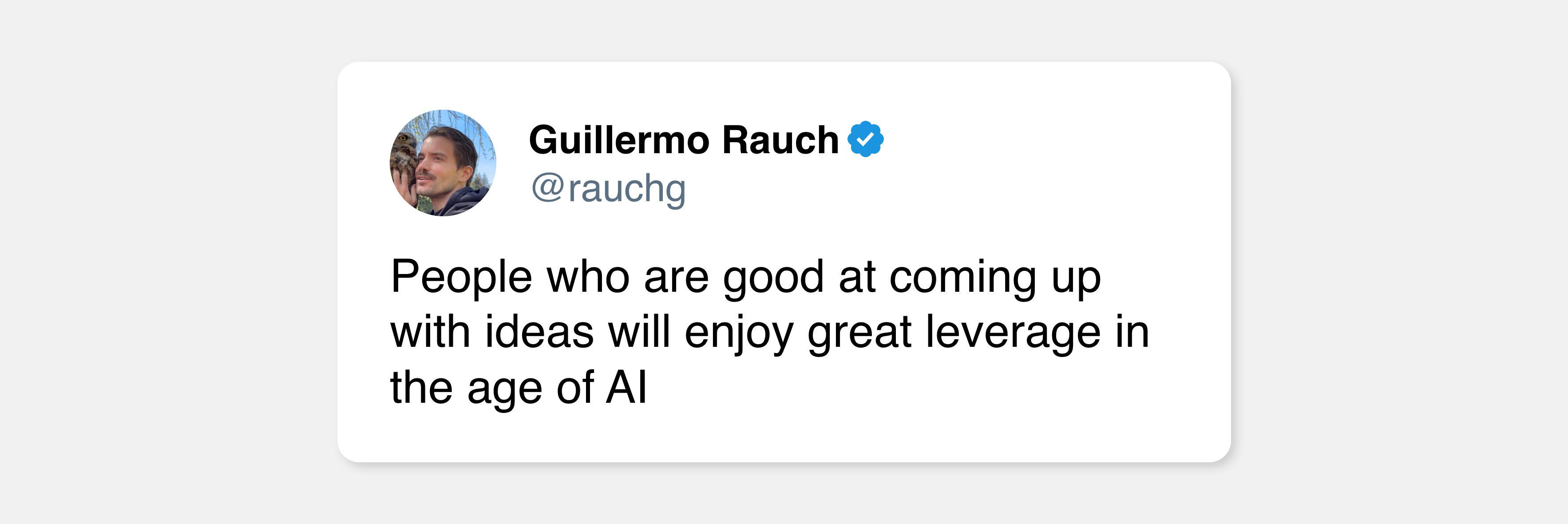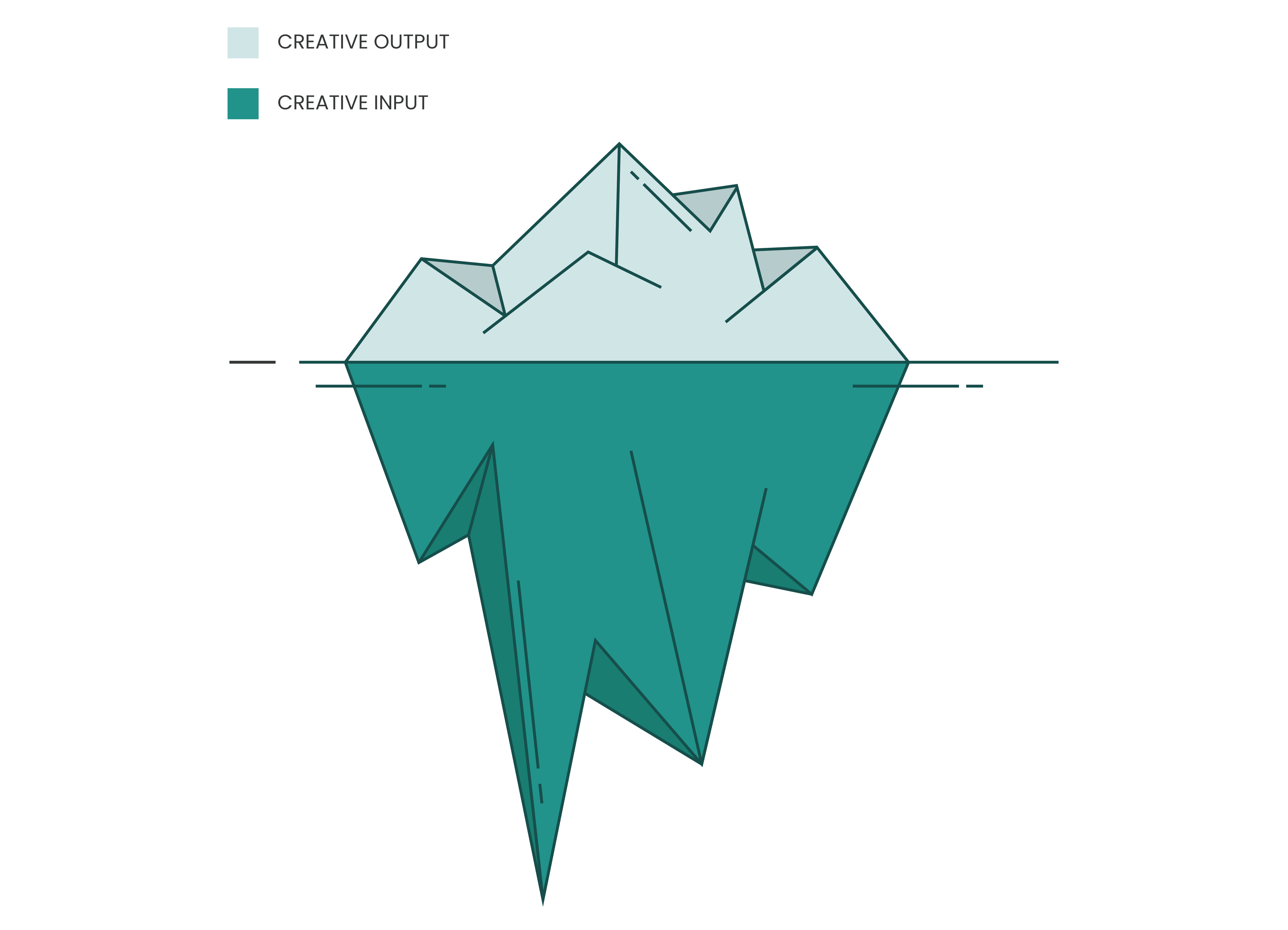Explore the five stages of creativity, methods for measuring it, and strategies to boost creative thinking in work, teaching, and design.

Hey friends! Just wanted to say thanks for reading. It’s not lost on me that you’re giving me your time when I enter your inbox. For that, I’m grateful. Let’s get into it.
The Creative Process
In 1926, Graham Wallas outlined what he coined the four stages of the creative process in his book, The Art of Thought. Since then, it has been revised to include a fifth stage. They are:
Preparation: Gathering information, researching, and brainstorming ideas to lay the groundwork for creativity.
Incubation: Allowing ideas to simmer subconsciously by stepping away from active problem-solving.
Illumination: The “aha” moment when a solution or idea emerges.
Evaluation: Critically analyzing the idea, refining it, and testing its feasibility.
Verification (or Implementation): Turning the idea into a tangible product or solution and sharing it with others.

When thinking about any creative act, it can be helpful to consider each of the stages individually. Instead of being stuck entirely, you may need more time, effort, or energy, in just one of these domains.
Perhaps you don’t understand the problem deeply enough. If so, conduct more research. Perhaps you’re rushing the process and could benefit from more time considering solutions in the back of your mind. If so, go for a walk. Perhaps the idea you’re trying to put into action isn’t working. You may need to analyze its viability more critically. Perhaps you’re still struggling. You may need to go back to step one.
Takeaway: While creativity sometimes feels like an amorphous, nebulous thing, considering matters methodically, procedurally, and systematically gives you a structured way to take action and push past creative blocks.
Measuring Creativity
We sometimes think of creativity as a fuzzy phenomenon positioned squarely in the gray, but in 1967 J.P. Guilford set out to measure it objectively. He developed the Alternate Uses Task (AUT) which measures divergent thinking, an important component of creativity.
In this test, participants are given a common word, such as plank, apple, or brick, and asked to list as many alternate uses for it as possible. Participants with the word Apple, for example, might list the following uses:
a snack
an ingredient to bake with
a gift for a teacher
an acid for a battery
a self defense weapon
an improvised pipe
Unlike traditional tests that seek specific solutions, the AUT is measured in the following four domains:
Fluency: the number of other uses you can think of
Originality: how different the other uses are
Flexibility: the assortment of ideas that you come up with
Elaboration: the level of detail and development of the idea
The test is often, but not exclusively, delivered under time constraints. While measures of fluency are generally more objective, the evaluation of this test is sometimes biased by subjective interpretations. That being said, those subjective interpretations sometimes lead to interesting insights.
Takeaway: Attempting to quantify one’s creativity might feel like the exact opposite of creativity itself, but as a classroom teacher I feel it’s important to explore objective measures that track student growth. I haven’t implemented the AUT in my class, but it’s certainly something that I’m interested in exploring further.
In the Age of AI
I’ve previously written about how AI is decreasing technical barriers to entry. Scott Belsky, Chief Product Officer at Adobe, has noted that in the age of AI, knowing what to do will become more important than knowing how to do it. I came across a similar message on X recently when I read a post from Guillermo Rauch, CEO of Vercel, that said:
People who are good at coming up with ideas will enjoy great leverage in the age of AI.
See the original post below:

This post stood out to me partly because of the notable figures who weighed in:
Paul Graham, founder of Y Combinator, responded:
I would like this to be true. Maybe it is.
And Reid Hoffman, co-founder of LinkedIn, said:
True if good at coming up with ideas + intrinsically motivated. There are many thinkers who are not doers, and AI won’t change that.
Traditionally, in education, the emphasis has been on mastery of skills and concepts. In other words, the how. If that increasingly becomes the domain of AI, we may need to shift our attention towards the what—leading students to inquire, explore, and discover what’s possible. As I consider my role as a teacher in education, and the role of education in the age of AI, I find myself circling around several themes. One of those is prioritizing curiosity by encouraging students to explore the unknown.
Thought leaders at the forefront of technology aren’t defining what instruction should look like, but they are offering clues about where we ought to be headed.
Takeaway: The more I write this newsletter, the more curious I become about the future and what impact creativity and innovation will have on teaching and learning. I don’t have all (or any) of the answers, but curiosity keeps me moving forward.
Output vs. Input
In a previous chapter of life, I did freelance web and graphic design work. Generally, it was a positive experience, but I’d occasionally encounter clients who failed to understand that the simple logo or landing page they wanted wasn’t quite as simple as they believed.
My efforts, seemingly simple to them, were actually the product of years of study, practical application, trial and error, and hard-fought experience. I made the graphic below to illustrate the idea that beneath the surface of any final creative product hides a much deeper set of considerations, iterations, attempts, and inputs.

Today, I run my 200 level digital graphic design course as a creative agency for teams, clubs, and organizations in our school and community. We’ve done posters for dance recitals, t-shirts for sports teams, flyers for fundraisers, and logos for special interest groups at our school. As part of the effort, I try to incorporate the “client” into the process as much as possible to reveal the depth beneath the surface.
Takeaway: Most of our “clients” are pleasantly surprised to learn what goes into design work. If you’ve been frustrated by such misunderstandings, consider involving your clients more actively in the discovery, iteration, and approval processes.
Finding My Voice, A Mini Zine
I’ve made it no secret that is a huge influence in my creative life. My eponymous Substack is modeled pretty closely after his in terms of layout and format. My content, ideas, and subject matter are unique to me, but the vessel which holds it is admittedly not.
In that spirit, I’ve decided to copy him again! Kleon frequently shares mini zines (pronounced “zeen”) that he has created for his readers. They’re mini booklets or magazines that center around a single topic like:
My first zine is about finding my voice as a collage artist. It showcases four of my pieces, beginning with my early experiments where I was throwing ideas around to see what works, exploring different techniques, drawing inspiration from artists I admire, and ultimately discovering my own voice through trial and error.
Watch the video below for a quick walkthrough:
If you’d like your own copy of this my mini zine, it’s free to download below. Click here for cutting and folding instructions.
Making this first zine has gotten my mind spinning about how I might incorporate this format into my role as a classroom teacher. Here are a few ideas I am considering:
As a micro portfolio for my graphic design students
As a unit study guide
As an informational brochure for elective recruitment
As a takeaway for professional development
Takeaway: Being exposed to a new creative idea is like walking through a door that opens up to a hallway of other doors each waiting to be opened to other creative ideas.
One More Thing
Good things are better when shared. If you liked this, it would mean the world to me if you sent it to someone who might like it too.
I’ll see you in your inbox again next week.
Until then,
-Mike